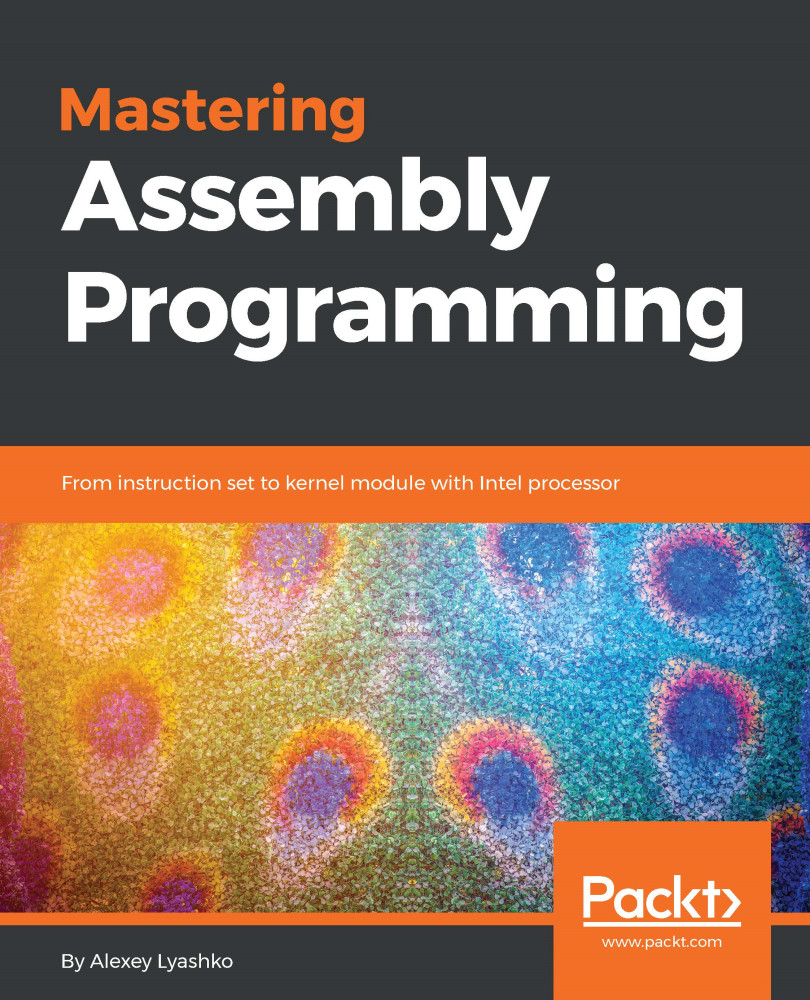In this chapter, we have briefly run through the basics of the internal structure of x86-based processors essential for the further understanding of topics covered in later chapters. Being a huge fan of Occam's Razor principle, yours truly had no intention to replicate Intel's programmer manual; however, certain topics covered in this chapter exceed the range of topics necessary for a successful start with Assembly language programming.
However, I believe that you would agree--we've had enough of dry information here and it is the right time to start doing something. Let's begin by setting up the development environment for Assembly language programming in Chapter 2, Setting Up a Development Environment.


